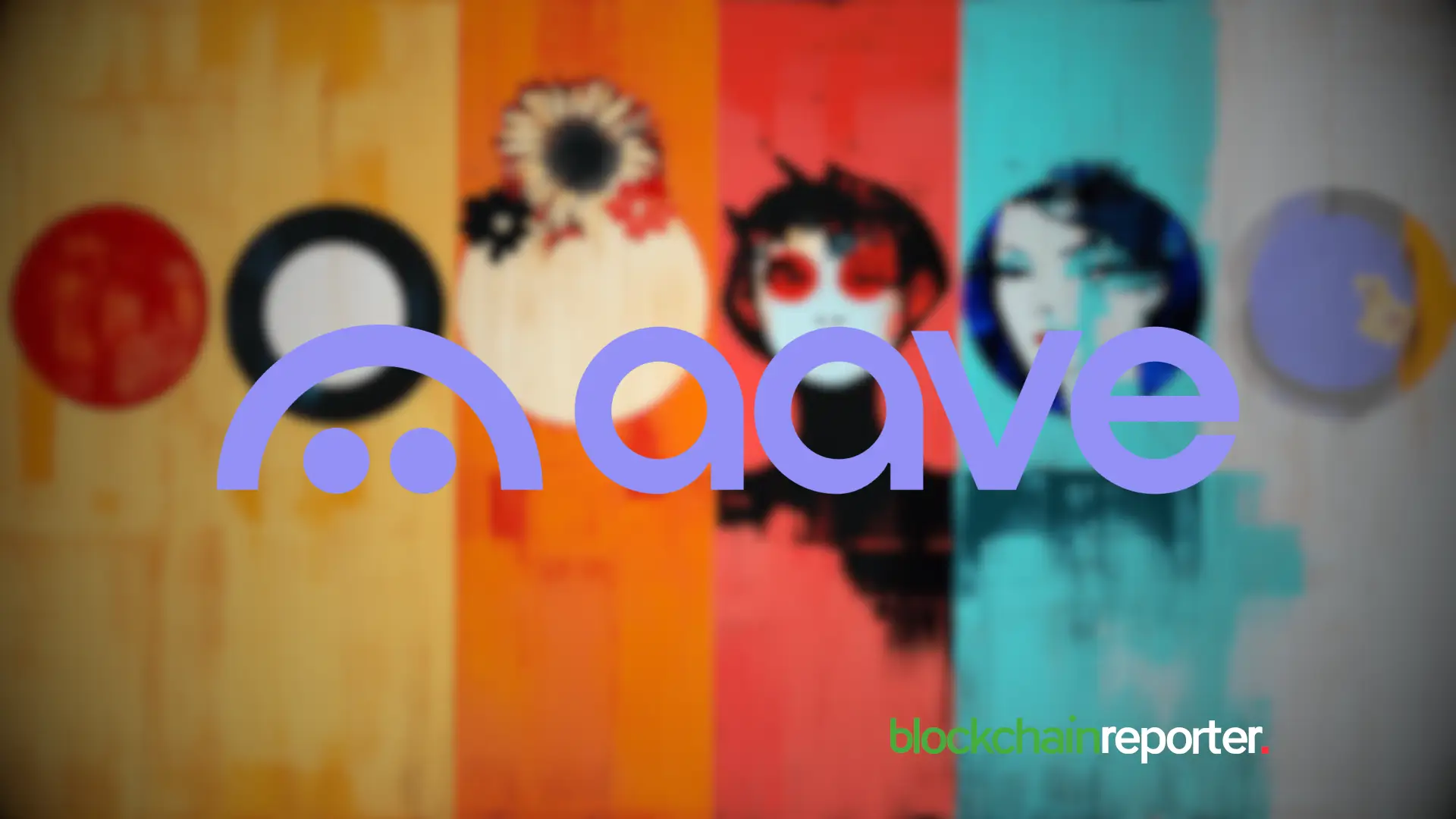REX-Osprey brings spot ETH and staking rewards to ETF market
Rex-Osprey has successfully launched the first Ethereum staking ETF in the United States.
The new fund distinguishes itself as the first US ETF to pair spot ETH exposure with direct staking payouts.
REX-Osprey passes Ethereum rewards to investors
According to the release, the new ETF fund gives investors exposure to spot Ethereum while passing through monthly staking rewards. It holds a mix of directly staked ETH and exchange-traded products (ETPs) that also stake ETH.
All ETH staking rewards are passed to investors, with none retained by Rex or Osprey. The ETH fund trades under the ticker ESK and is structured under the 1940 Act.
Greg King, the CEO of REX Financial, said, “With ESK, we’re giving investors access to Ethereum plus staking rewards in the most broad-based US ETF format.” He explained that the launch of ESK is a continuation of the joint venture work of “introducing crypto staking through the ETF structure.”
REX-Osprey is a partnership between REX Shares and Osprey Funds. The joint venture focuses on launching crypto-focused ETFs that give investors regulated access to digital assets.
Competitors like BlackRock, Fidelity, and Franklin Templeton are still waiting for approval from the SEC. The Securities and Exchange Commission postponed rulings on staking features for Ethereum funds filed by these companies.
Spot Ethereum ETFs in the US already manage close to $25 billion, with BlackRock’s ETHA holding the largest share.
On September 25, Bitcoin ETFs recorded strong inflows, while Ethereum funds saw continued outflows. Bitcoin ETFs added more than $149 million in new money, led by BlackRock’s IBIT product. Ethereum ETFs lost about $79 million, showing weaker demand as investors pulled capital from ETH funds.
Dogecoin and XRP ETFs go live through Rex-Osprey
Last week, Rex-Osprey launched the first US based Dogecoin and XRP ETFs. The Dogecoin ETF trades under the ticker DOJE, while the XRP ETF lists as XRPR. Cryptopolitan reported that XRPR recorded about $37.7 million in trading volume, while DOJE saw around $17 million on launch day.
The funds are listed on US exchanges under the 1940 Act structure, the same framework used for Rex-Osprey’s other products. XRPR continues to trade actively with over 200,000 shares exchanged daily, while DOJE has attracted about $8 million in inflows since launch. According to Yahoo Finance data, XRPR closed trading at $22.80 while DOJE is standing at $21.24 per share.
The new ETFs were launched to meet rising investor demand for crypto access inside regulated vehicles. Rex-Osprey secured compliance using the 1940 Act framework, while offering a familiar structure to the market. The funds track spot prices directly, which gives investors a simple way to hold DOGE or XRP without the hassle of dealing with wallets or exchanges.
Don’t just read crypto news. Understand it. Subscribe to our newsletter. It's free.
You May Also Like

The Channel Factories We’ve Been Waiting For

Open a long position in XPL with 10x leverage on Machi
